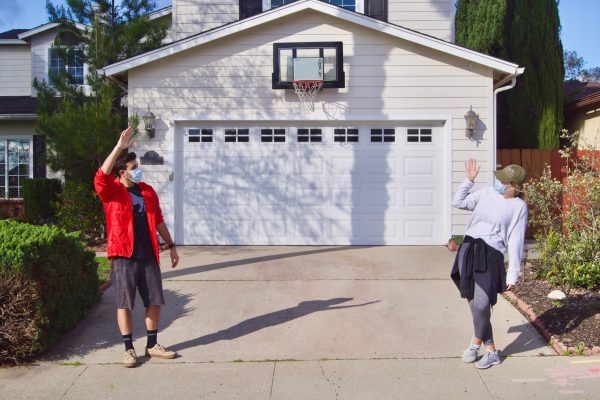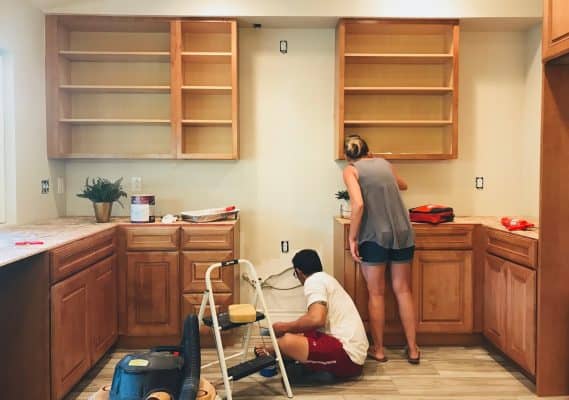There was a time when the sale and purchase of residential property was transacted on a basic, single-page document.The document was concise, it was simple to understand and above all, it was a legal and binding document. Those in the real estate industry who can remember this form of documentation state that the single page agreement met the requirements of that era and there were fewer disputes and less legal intervention then, than there is today. Change is inevitable however and we now operate with a 16 page document!

Change has come about largely due to law changes, changes in established business practice, the vast changes in technology and above all the emphasis on consumer protection that has permeated all forms of business practice. All good and valid reasons for change! For many years now, real estate agents and solicitors have used the standard form of agreement as approved by the Auckland District Law Society (ADLS) and the Real Estate Institute of NZ (REINZ); a form that is upgraded at regular intervals to reflect changes in consumer needs. The 10th edition of this document was released late in 2019 and there are some significant changes that both buyers and sellers should be familiar with.
A large number of offers made on residential property have conditions that are attached to them which must be satisfied before the transaction is declared as unconditional. As an example:
- Finance Condition: A common example is a clause relating to the buyer obtaining sufficient finance to complete the purchase. In the past, a loosely written finance clause has been used by buyers as a means of withdrawing from an agreement often only because the buyer has second thoughts. That is no longer possible however, as the agreement states, “If the purchaser avoids this agreement for failing to arrange finance, the purchaser must provide a satisfactory explanation of the grounds relied upon by the purchaser, together with supporting evidence, immediately upon request by the vendor.”
- Building Report: The new agreement allows 15 working days for a building report to be obtained. This may seem an excessively long time and obviously a lesser negotiated time (provided it is realistic) would likely improve the appeal of an offer. The builder’s report must be carried out by a suitably-qualified building inspector and must be in writing. The inspector must not carry out any invasive testing without the homeowner’s written consent. The homeowner must give reasonable access to the inspector (subject to the rights of any tenants). If the agreement is terminated based on an adverse building report, a copy of that report must be provided to the homeowner (vendor) on request.
- Toxicology Report: A relatively new condition but one that has become commonplace in the last few years, is a toxicology report or in more common parlance a report to detect whether the property has been contaminated by the preparation, manufacture or use of drugs including, but not limited to methamphetamine. The 10th edition of the ADLS/REINZ agreement also provides 15 working days for an objective assessment prepared in good faith by a suitably-qualified inspector. Once again, a vendor is entitled to a copy of an adverse report that terminates the agreement.
- Other Conditions: There are any number of other conditions that a buyer may need to include in an Agreement for Sale & Purchase. The front page of the 10th edition highlights some of these, such as obtaining a Land Information Memorandum (LIM) report for which it suggests 15 working days again, obtaining an Overseas Investment Office (OIA) consent and a Land Act consent. The latter two are not usually required by NZ citizens for most normal residential transactions.
- Chattels: The new agreement contains some significant changes in regard to the chattels that pass with the sale of a residential property. Chattels are now listed in two separate categories. There are those in Schedule 2 that do not have an operational function such as blinds, drapes, curtains and fitted floor coverings. Schedule 3 sets out those chattels that do have an operational function. These chattels may include items such as a stove, dishwasher, burglar alarm, rangehood waste disposal unit, heat pump, etc.
The transfer of ownership of items included in Schedule 3 carries certain warranties that the vendor must give pertaining to the condition and working order of these appliances. These should be carefully studied by anyone selling a residential property to avoid problems or dissatisfaction after settlement takes place. We invite home sellers to talk to our sales people about any of these conditions of sale.
The parties to an Agreement for Sale and Purchase (vendor, buyer and agent) all strive for a seamless transaction and to achieve this end, we encourage both buyers and sellers to familiarise themselves with the standard form of agreement before negotiations take place. Above all, we urge you to seek legal advice on what is an important and reasonably complex document.
Connect me with a local expert
Whether you’re ready to sell or looking for answers, we’ll guide you with data-driven strategy paired with over 20 years of industry experience
Book a free appraisal














































































